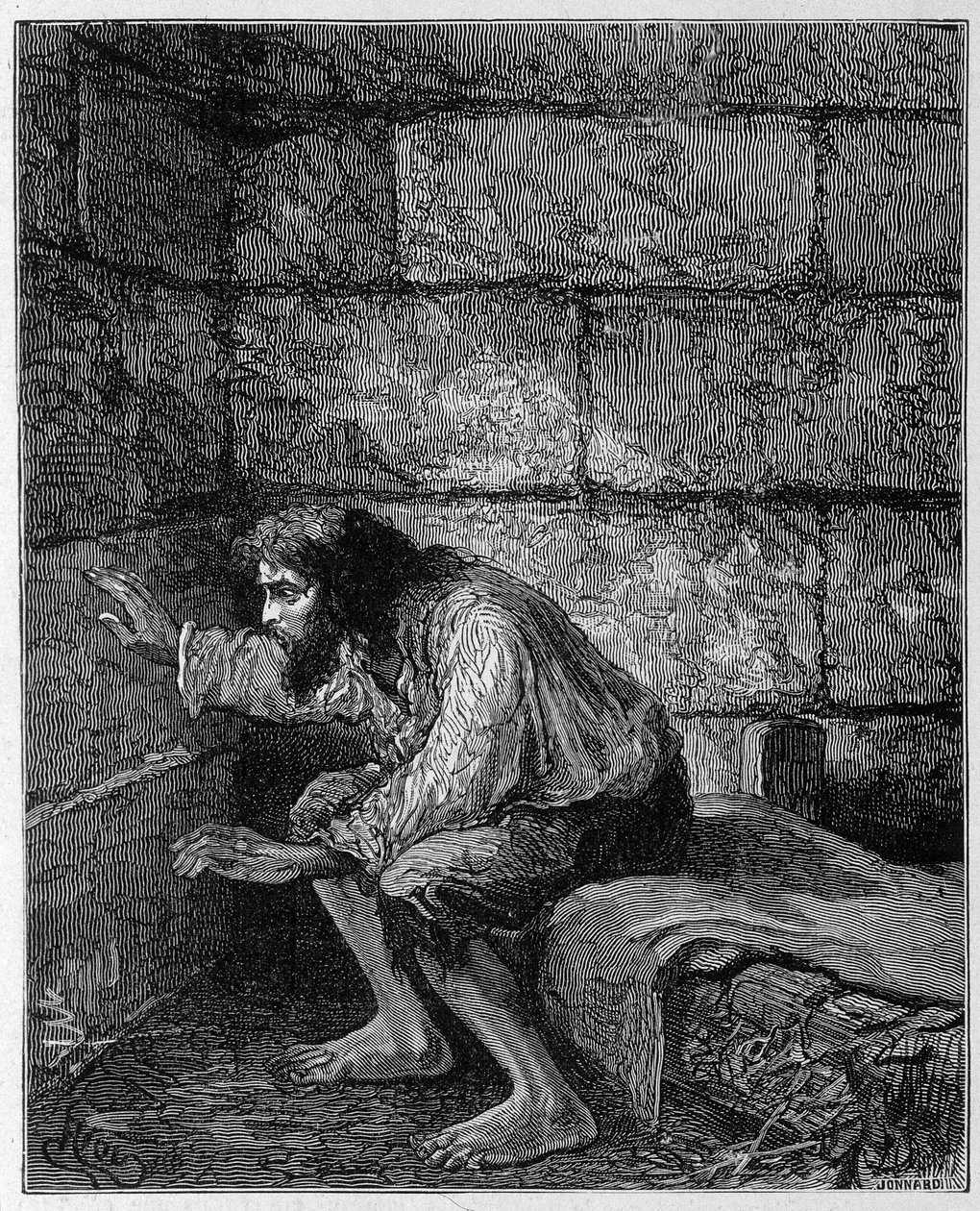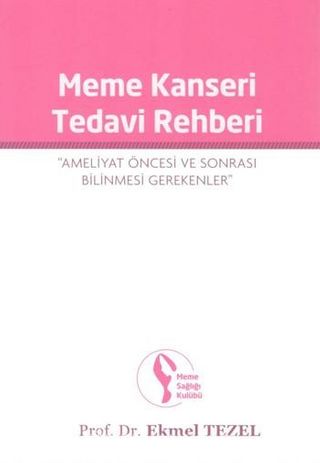A Modern Look At Dumas' The Count Of Monte Cristo: A Critical Review

Table of Contents
Themes of Revenge and Justice in a Modern Context
The classic theme of revenge forms the very backbone of The Count of Monte Cristo. Edmond Dantès's quest for retribution after his wrongful imprisonment is both compelling and disturbing. How does this resonate with modern audiences, steeped in discussions of restorative justice and ethical dilemmas? While the visceral satisfaction of seeing Dantès's enemies brought low remains potent, the ethical implications of his actions are far more complex today. Is his meticulous, elaborate revenge truly justified, or does it ultimately corrupt him? The novel presents a nuanced exploration of justice, contrasting the failures of the formal legal system with Dantès's personal brand of retribution. We see various types of justice at play:
- Legal Justice: The initial injustice suffered by Dantès highlights the flaws of a system easily manipulated by greed and envy.
- Societal Justice: The novel explores how societal norms and class structures can perpetuate injustice.
- Personal Justice: Dantès's revenge, though satisfying to the reader, raises questions about the morality of vigilante justice.
Examples of scenes illustrating these conflicting ideas of justice and revenge include:
- The meticulous planning and execution of Dantès's revenge on Fernand Mondego.
- The moral ambiguity surrounding Dantès's manipulation of others to achieve his goals.
- The ultimate consequences of Dantès's actions and whether they truly bring him peace.
Character Development and Archetypes in The Count of Monte Cristo
Dumas masterfully crafts a cast of compelling characters, each embodying specific archetypes. Edmond Dantès embodies the classic "wronged hero," his transformation from innocent sailor to vengeful count a central focus of the novel. Fernand Mondego, driven by ambition and jealousy, represents the quintessential villain, while Mercédès, torn between her past and present, exemplifies the complexities of the "femme fatale" archetype.
The effectiveness of these archetypes, however, is subject to modern scrutiny. While their clear-cut roles initially provide dramatic tension, a contemporary reading might find some characters lacking in psychological depth. For example, the motivations of certain antagonists feel somewhat simplistic, particularly when contrasted with the more nuanced portrayal of Dantès. Examining character motivations, especially in light of modern psychological understanding, reveals both strengths and weaknesses in Dumas’ characterizations.
- Edmond Dantès's transformation reveals a struggle with morality and the corrupting influence of power.
- Fernand Mondego's ambition is portrayed as a product of his social environment and his own insecurities.
- Mercédès's choices are driven by societal pressures, her own desires, and the complexity of human relationships.
The novel's exploration of human nature and the consequences of one's choices remains a powerful element, even from a modern perspective.
Narrative Structure and Storytelling Techniques
The Count of Monte Cristo is renowned for its intricate plot, filled with suspense, twists, and turns. Dumas expertly uses foreshadowing and flashbacks to build tension and reveal crucial information gradually. The novel's episodic nature, however, can be seen as both a strength and a weakness. While it allows for a rich tapestry of events and characters, it can sometimes feel disjointed or overlong by modern standards.
- The use of suspense is masterfully deployed, especially in moments leading up to pivotal confrontations.
- Plot twists, such as the reveal of certain characters' identities, keep readers engaged.
- The pacing, while slower than modern thrillers, is effective in building atmosphere and character development.
The length and episodic structure, however, pose a challenge for modern readers accustomed to faster-paced narratives. Yet, the novel's enduring popularity indicates that its storytelling techniques, while perhaps classic, remain effective in holding the reader's attention and fostering an immersive experience.
The Enduring Legacy of The Count of Monte Cristo
The enduring popularity of The Count of Monte Cristo is undeniable. It continues to inspire adaptations across various media, influencing countless films, television series, and even video games. Its impact on subsequent literature is equally significant, showcasing the enduring power of its themes:
- Numerous film and television adaptations demonstrate the novel’s ongoing relevance.
- Its influence can be seen in subsequent works of literature that explore themes of revenge, justice, and betrayal.
- The novel's exploration of social inequality and political corruption remains highly relevant today.
The timeless themes of betrayal, revenge, justice, and redemption resonate deeply with modern audiences, ensuring The Count of Monte Cristo's continued relevance in a world grappling with similar ethical and societal issues.
Conclusion: A Modern Appreciation of The Count of Monte Cristo
This modern critical review has explored The Count of Monte Cristo, analyzing its themes, character development, narrative structure, and lasting legacy. While some aspects, particularly the length and pacing, might challenge modern readers accustomed to fast-paced narratives, the novel’s exploration of complex themes, memorable characters, and intricate plot remain profoundly engaging. The ethical ambiguities surrounding Dantès's quest for revenge and the novel's nuanced portrayal of justice continue to spark debate and offer opportunities for reflection. Ultimately, The Count of Monte Cristo remains a powerful and enduring work, inviting us to revisit Dumas's masterpiece and explore the enduring themes of this classic tale of revenge and redemption. Revisit Dumas’s masterpiece; engage with this timeless exploration of justice and revenge.

Featured Posts
-
 Verstappens New Fatherhood Miami Grand Prix Focus
May 04, 2025
Verstappens New Fatherhood Miami Grand Prix Focus
May 04, 2025 -
 Kivinin Kabugu Tueketim Rehberi Ve Bilinmesi Gerekenler
May 04, 2025
Kivinin Kabugu Tueketim Rehberi Ve Bilinmesi Gerekenler
May 04, 2025 -
 La Fire Aftermath Price Gouging Concerns Raised By Selling Sunset Star
May 04, 2025
La Fire Aftermath Price Gouging Concerns Raised By Selling Sunset Star
May 04, 2025 -
 Golden Knights Stanley Cup Playoff Prospects A Strong Contender
May 04, 2025
Golden Knights Stanley Cup Playoff Prospects A Strong Contender
May 04, 2025 -
 Lizzos Weight Loss Journey Slimmer Figure Energetic Dance
May 04, 2025
Lizzos Weight Loss Journey Slimmer Figure Energetic Dance
May 04, 2025
 Colonial Downs To Host Virginia Derby Stones Official Announcement
Colonial Downs To Host Virginia Derby Stones Official Announcement
